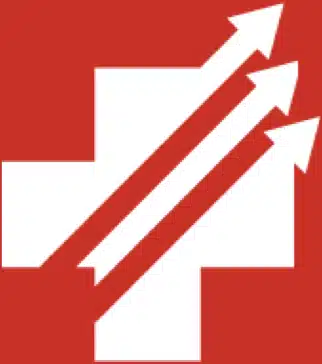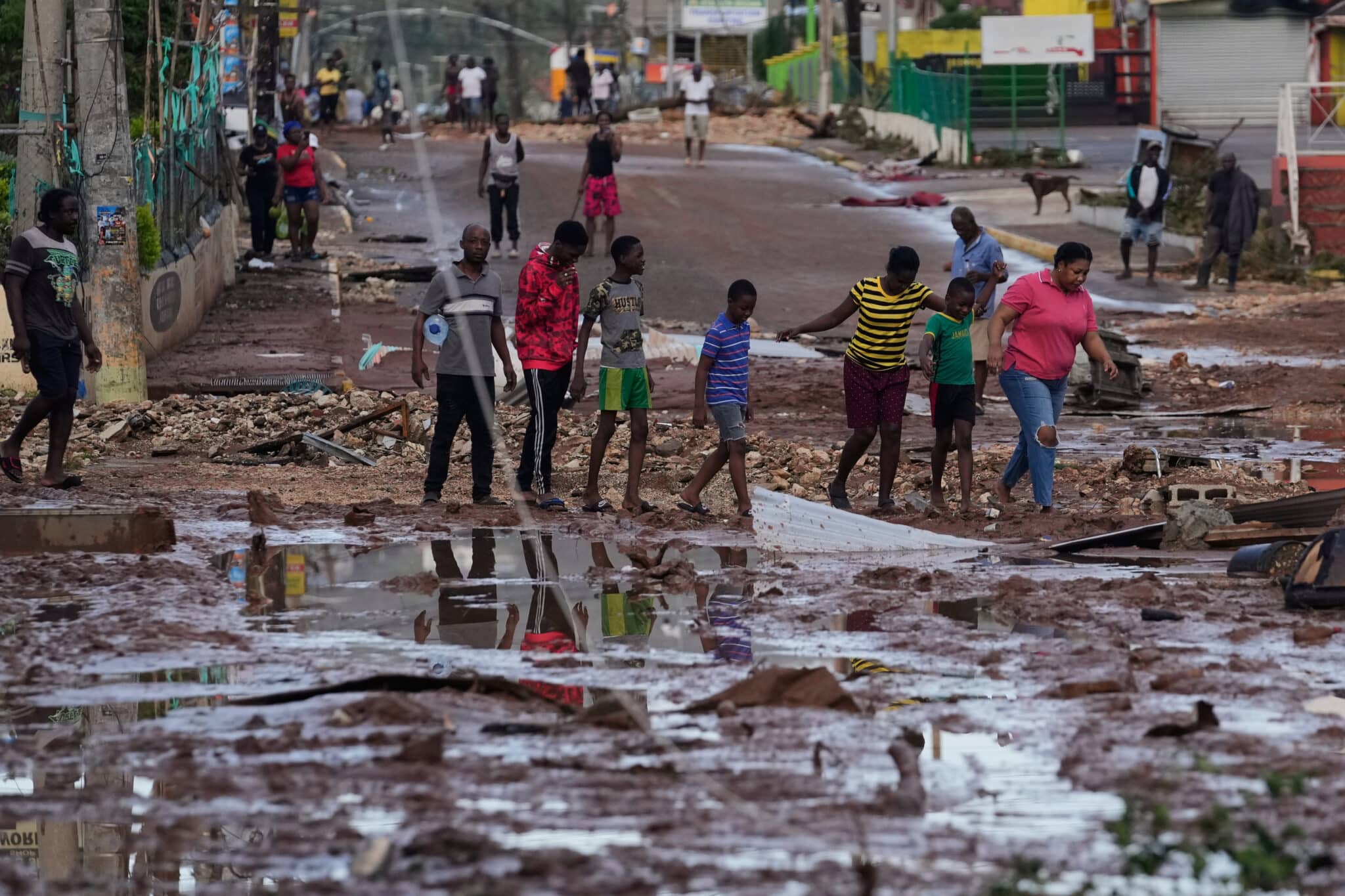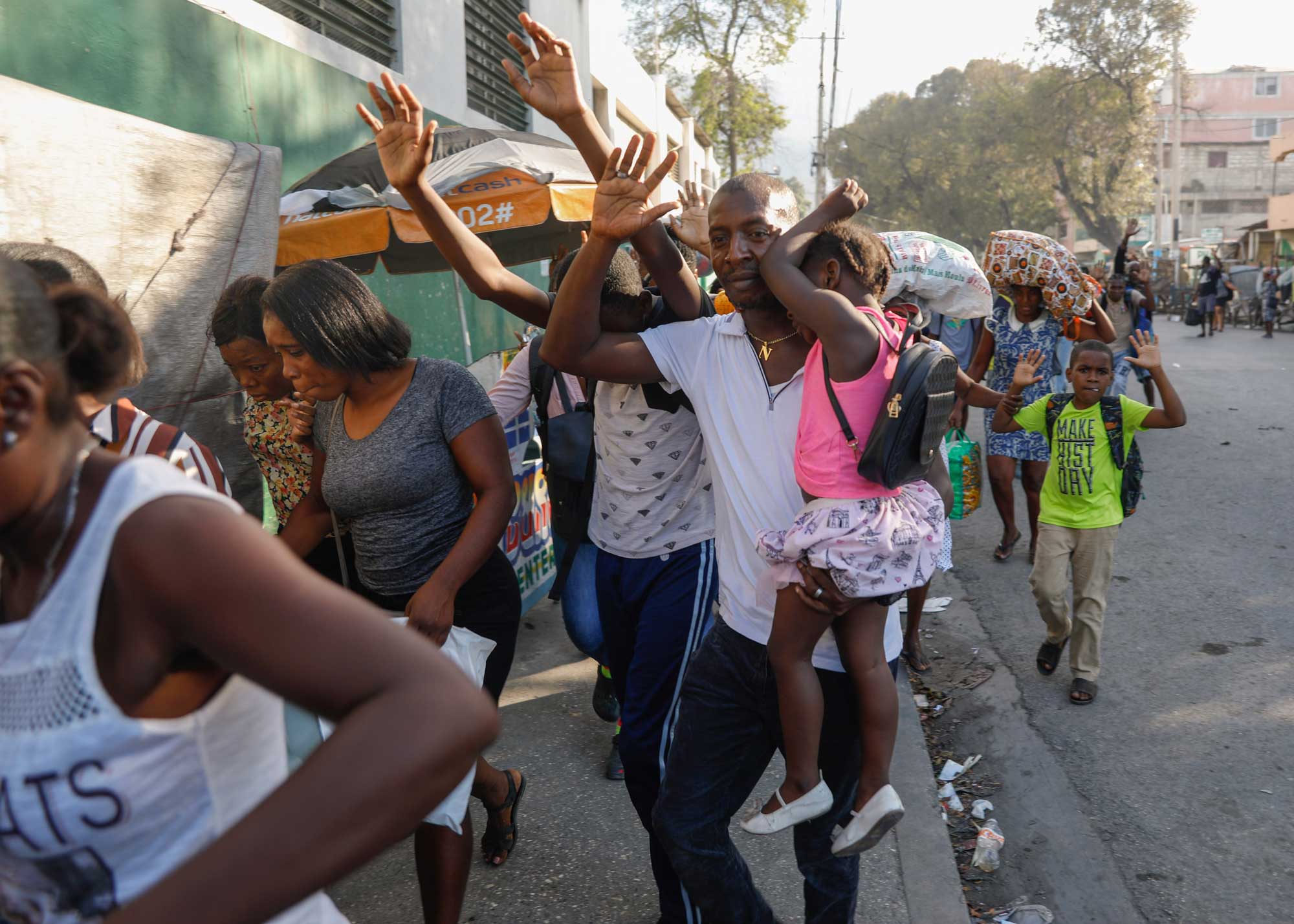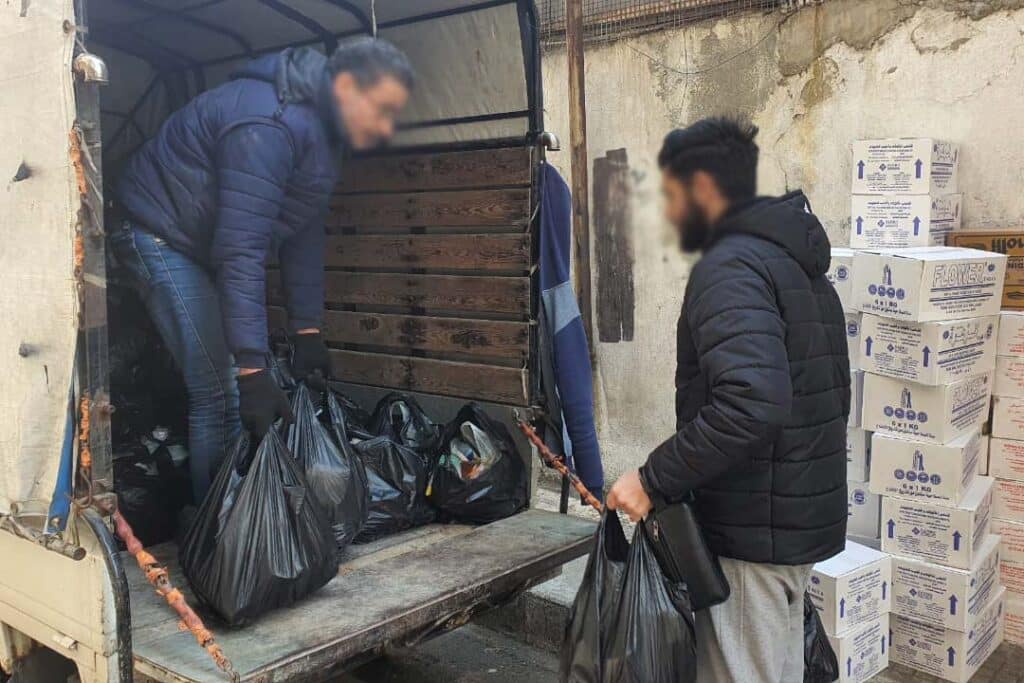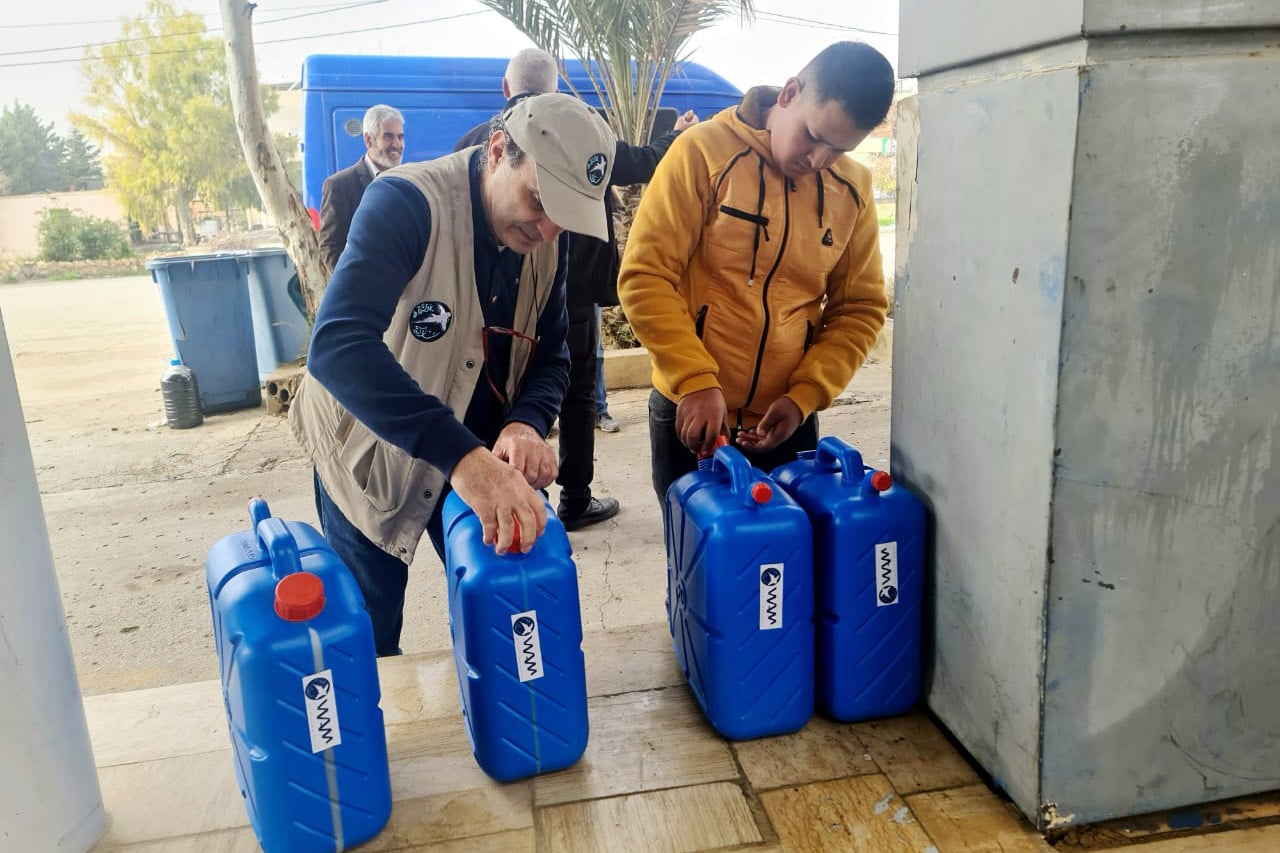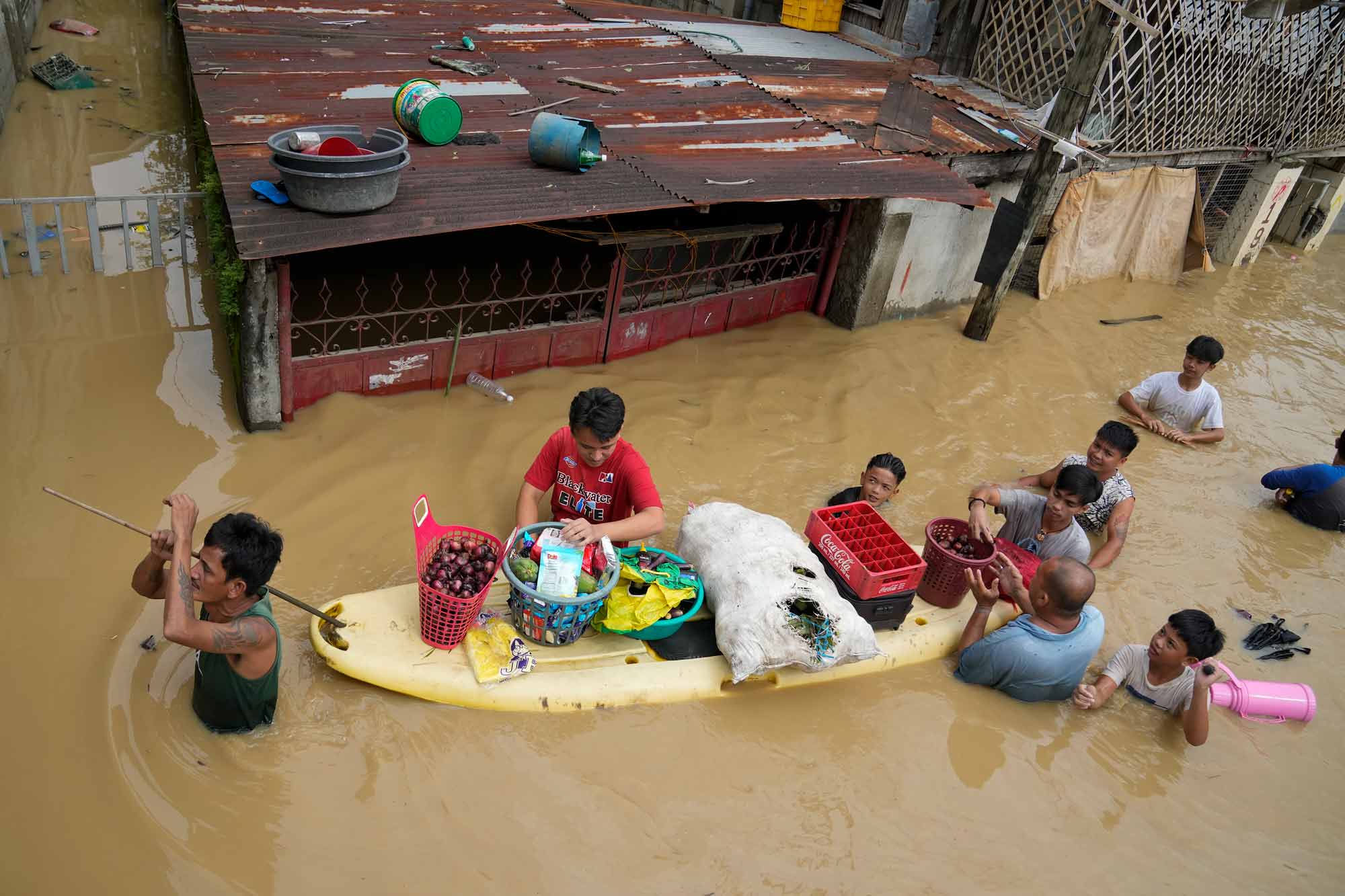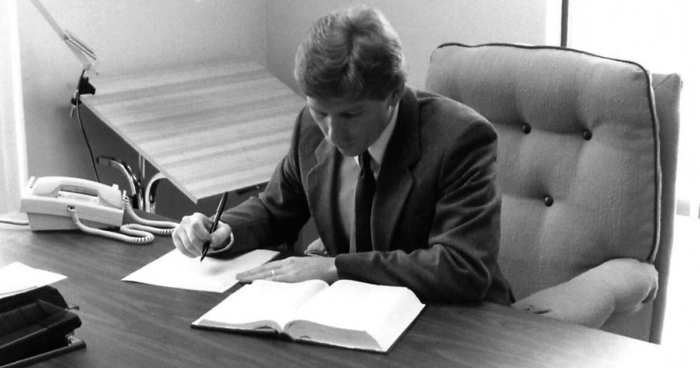
Hal, the oldest child at age 12, watched his mom frantically wrangle everyone into the car. After all, she knew it wasn’t ideal for the pastor and his wife to show up late to their own church business meeting. But just as they were peeling out of the neighborhood, they glimpsed the babysitter in the rearview mirror.
Deciding it would be better to show up late rather than with four rambunctious children, they turned around and let the kids pile out.
Later that night, there was a knock at the door. The babysitter answered to find two uniformed police officers with news: their parents’ car had been hit head-on by a drunk driver. Their dad was dead, and their mom was fighting for her life.
After months in the hospital, Hal’s mom returned home and started working to support the family. The kids knew she worked as hard as she could, but the family still had to rely on food stamps and the generosity of others. In high school, Hal got a job pumping gas and changing tires to help support the family.
After graduation, he landed a job at Dow Chemical, where he worked while pursuing his degree in journalism. He wanted to succeed and develop his talents as a writer, so when an opportunity to write books opened up — fresh out of college — he jumped at the chance. He was determined to build a successful career and leave the poverty he had once known far behind.
Each year he encountered new opportunities and became more and more preoccupied with a quest for personal success. That is, until his travels brought him face to face with the homeless, starving, and destitute around the world.
A writing assignment eventually took him to Kolkata, India, where he was faced with what can only be described as the epitome of poverty and desperation. On his third trip to the city, he was taken to meet none other than Mother Teresa herself for an interview. Once face to face, she asked him one simple question: “Young man, what are you doing to help the poor and the suffering?”
Confronted with a question he was never prepared to answer, Hal paused. He couldn’t lie, but he hated the truth.
“I’m not doing much of anything,” he replied. Her response was even simpler than the question. “Everyone can do something,” she said.
No longer able to escape the guilt of sitting on his hands while the world suffered, he returned home to California, loaded a pickup truck with groceries and supplies, and distributed them to families in need.
That was the beginning of Convoy of Hope.
Now, 25 years later, more than 100 million people have been served in more than 115 countries. Through Community Events, families are getting free haircuts, groceries, and family portraits. In the wake of disasters, communities are finding emergency relief and recovery support. Internationally, there are Agriculture, Women’s Empowerment, and Children’s Feeding programs working to break cycles of poverty. Every effort centers around spreading one simple thing: hope.
Hal’s decision to pursue a life of generosity and kindness has grown into much more than an organization. It’s a movement that’s changing the world. It’s a movement of kindness that declares everyone can do something, and if we can do something, we must.
Caring for widows and orphans has never been optional. We have a mission. Convoy is just the vehicle — a way for all of us to link arms and do the next kind thing in front of us.
